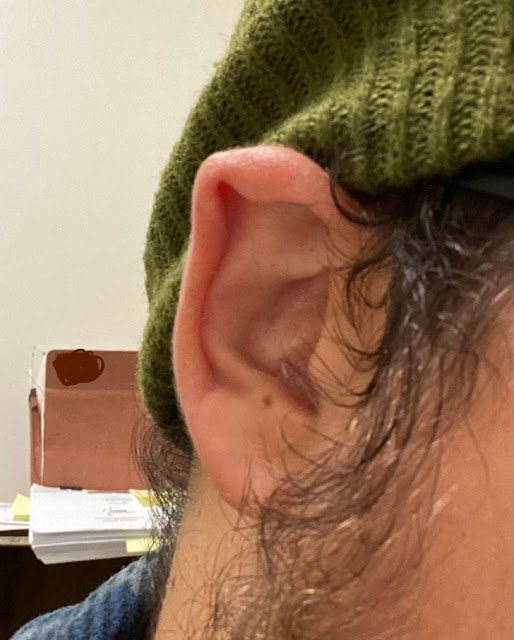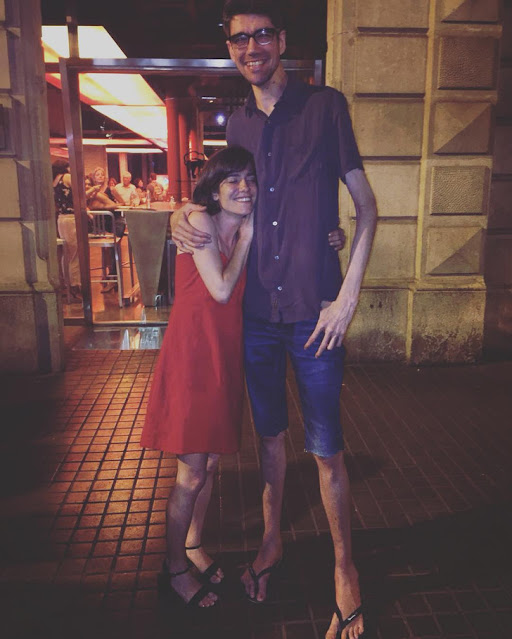All people are the same and different at the same time, which makes us unique and special. However, you may occasionally come across someone who possesses a physical characteristic that makes them stand out from the rest.
Counterclockwise cowlicks
Although they can be annoying, hair swirls are present in a large percentage of human beings. However, most turn clockwise, and only 23.3% counterclockwise. There is no evidence of these swirls being related to the laterality of brain dominance, thus they are not related to handedness, footedness, or eyedness.
Elf ears
You may have come across a person with an unusual ear shape, that makes them similar to those of elves. This is a condition called Darwin’s tubercle, which consists of a thickening of the cartilage at the edge of the ears. This condition is present in different mammals, although today it has been mostly lost due to evolution.
Having extra fingers
Some people have more than 5 fingers or toes on each of their hands or feet due to a genetic disorder called polydactyly. This is usually detected at birth and generally does not affect a person’s health, although sometimes it may be related to a more serious genetic abnormality, which can lead to other physical malformations
Having very long ligaments
Some people can look extremely tall and thin, not because of a lack of weight, but because of a condition called Marfan syndrome, which affects the connective tissue that is responsible for supporting and holding the organs and other structures of the body. Spanish actor Javier Botet was not deterred by it, and we have even seen him participate in different horror movies, taking full advantage of his condition.
Excess hair
While some people have to work wonders to appear to have a full head of hair, others cannot control the excessive amount of hair growing all over their body. The latter is caused by a genetic condition called hypertrichosis. This causes some people to have excessive hair growth everywhere. This syndrome is rare, with one of its types, congenital hypertrichosis lanuginosa, having affected approximately 50 people since the Middle Ages.
.png)




